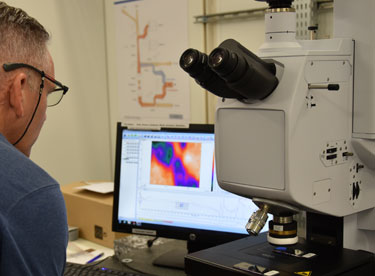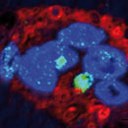
An international collaboration led by IDIBELL identifies the first disease caused by a mutation in myoglobin. At the MIRAS beamline of the ALBA Synchrotron they could demonstrate the presence of oxidized lipids in the damaged muscle cells.
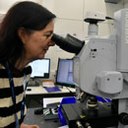
A new laser-based technique developed by the Institute of Materials Science (ICMAB-CSIC) uses urea, a common substance in the chemical industry and a low-cost alternative to noble metal co-catalyst, to enable a more efficient, one-step production of hybrid graphene-based organic-inorganic composite layers for environmental remediation, photodegradation of antibiotic contaminants from wastewater. The composition and chemical bonds of the urea-enriched thin layers were studied in detail using synchrotron light at the ALBA Synchrotron.
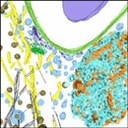
Synergetic combination of different imaging and spectroscopic synchrotron techniques performed in ALBA and APS (USA) has discovered new aspects about astrocytes cells of this neurodegenerative disease. Results, published in Analytical Chemistry, show significant differences between ALS and control astrocytes, including structural, chemical and macromolecular anomalies.
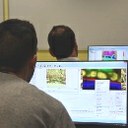
The infrared beamline MIRAS at ALBA Synchrotron organized a 2-day hands-on Workshop on Infrared Microspectroscopy the last 1st and 2nd October 2018 where 40 scientists from different research centers had the opportunity to know deeply about this technique by the hand of MIRAS’s team.
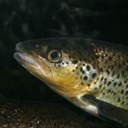
A research team from the Universitat Autònoma de Barcelona is developing a new vaccine concept to protect farmed fish from the main viral diseases affecting them. The alternative proposed by them is an orally administered nanoparticle, which would be more practical, cheaper and less stressful for the animals than conventional injected vaccines. The team has already verified that these nanoparticles stimulate an immune response. Now they analyze, with the synchrotron light in ALBA, what exactly happens inside the cells at molecular level.


